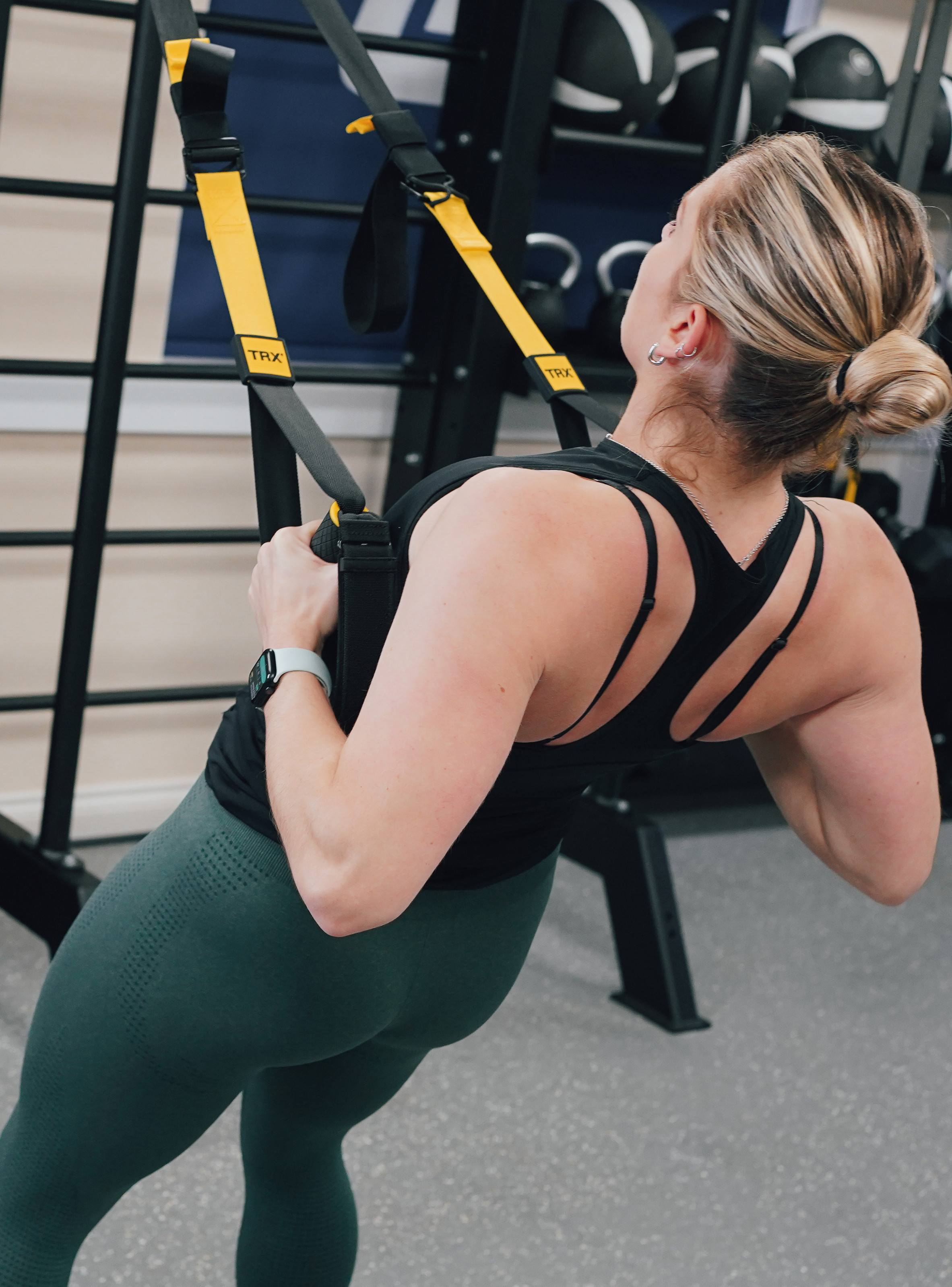Whether working in an office or working from home, it is important to appropriately arrange your desk to support your body during prolonged periods of sitting. The muscle and joints in your body are designed for movement and aches and pains will often occur as a result of immobility. Whilst taking regular breaks from your desk to walk around or exercise is ideal to stop the build-up of tension, we understand that this can be difficult with certain work-related pressures. Therefore, we have provided a guide below to optimise your desk set-up and reduce the effects of common complaints such as lower back pain, shoulder tension, and repetitive strain.
Sign-Up Now
Your eyes should be level with the top third of the screen- this may mean placing your monitor on a stand or simply a pile of books or raising the height of your chair. This will help maintain appropriate neck and shoulder alignment
Your hips and knees should be maintained at 90 degrees. A footstool may be needed to achieve this if the chair has been raised in line with the point
Slide the seat of your chair to the position that allows for a small gap between the edge of your seat and the backs of your knees
Your screen should be arm’s length away from you and the tilt of your back support adjusted to maintain this position (preventing you from leaning forwards or backward)
Your lumbar support should be adjusted to follow the natural curve of your lower back, remember everybody is different. Those with a highly curved lower back may benefit from a cushion placed in the small of their back if lumbar support cannot be increased sufficiently
Your keyboard and mouse should be as close to you as possible on the desk to prevent overreaching and rounding of the shoulders. Wrist supports/ cushioning or an ergonomic mouse can be beneficial if wrists are the area of complaint
Your armrests should be adjusted so that your arms are level with the height of the desk creating a 90-degree angle at the elbows. Armrests can be highly advantageous and should be used to allow offload strain on shoulders. Many desk workers overuse their shoulders to hold their arms in position rather than utilising the support of armrests
Unfortunately, working on laptops makes it difficult to maintain an optimal posture. Try to place your laptop on a stand or books to elevate to your eye line and use an external keyboard and mouse that can be placed close to you on the desk.
Bonus Tip!It is important to remember to take regular breaks from your desk if you can! One key tip is to set yourself 'triggers' to remind you to get up, stretch, exercise, or take a quick walk. These need to be things that happen little and often during your working day, such as every time you receive an email, text, or someone calling your name

